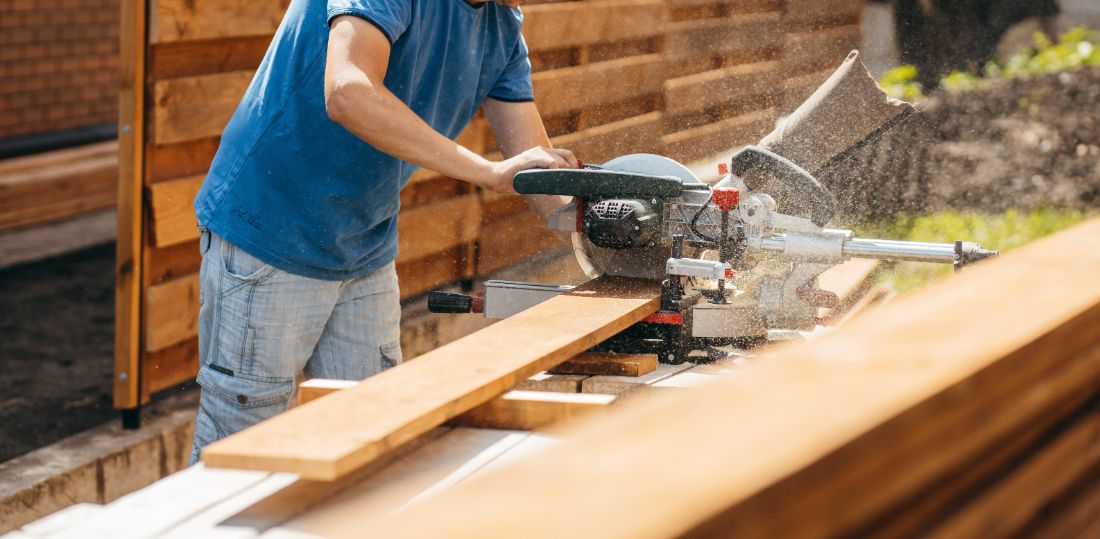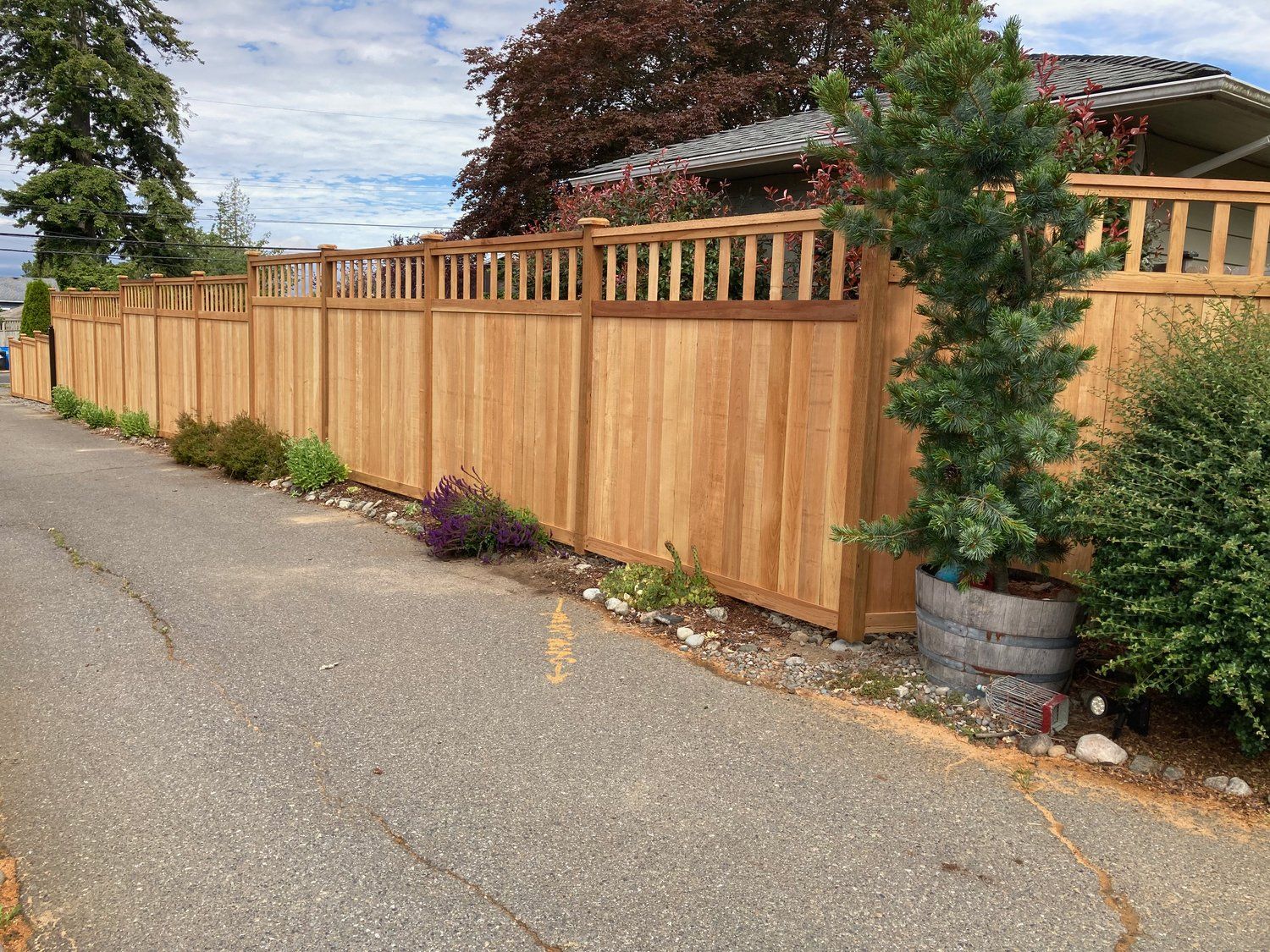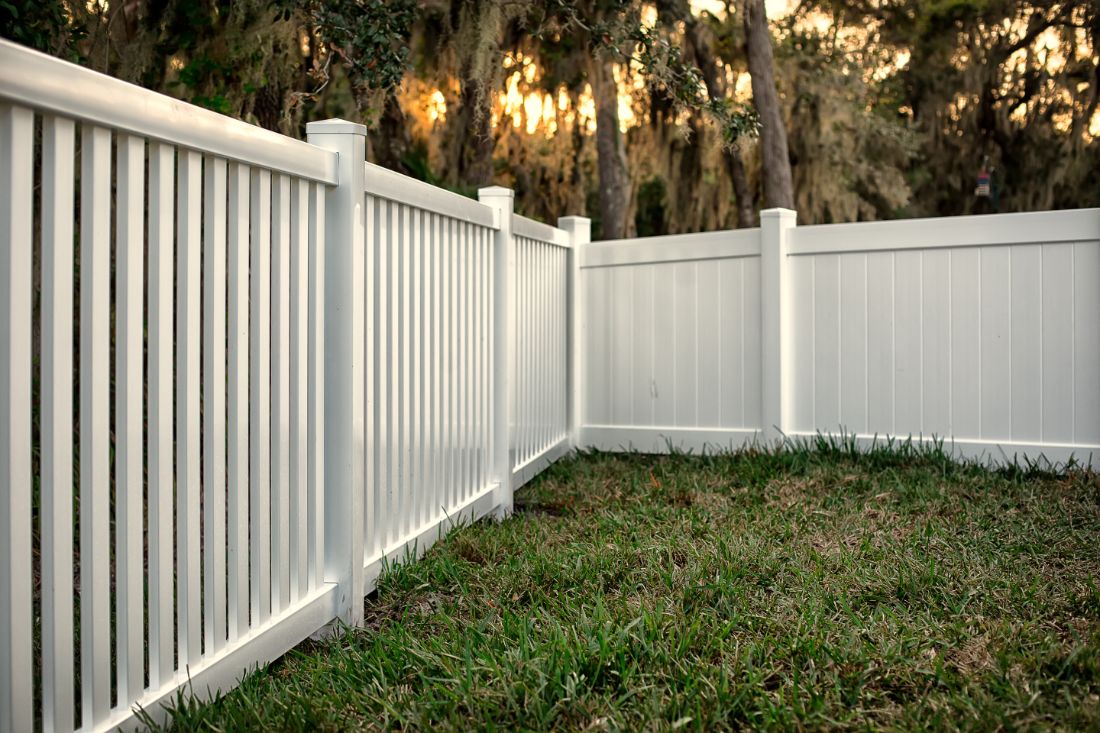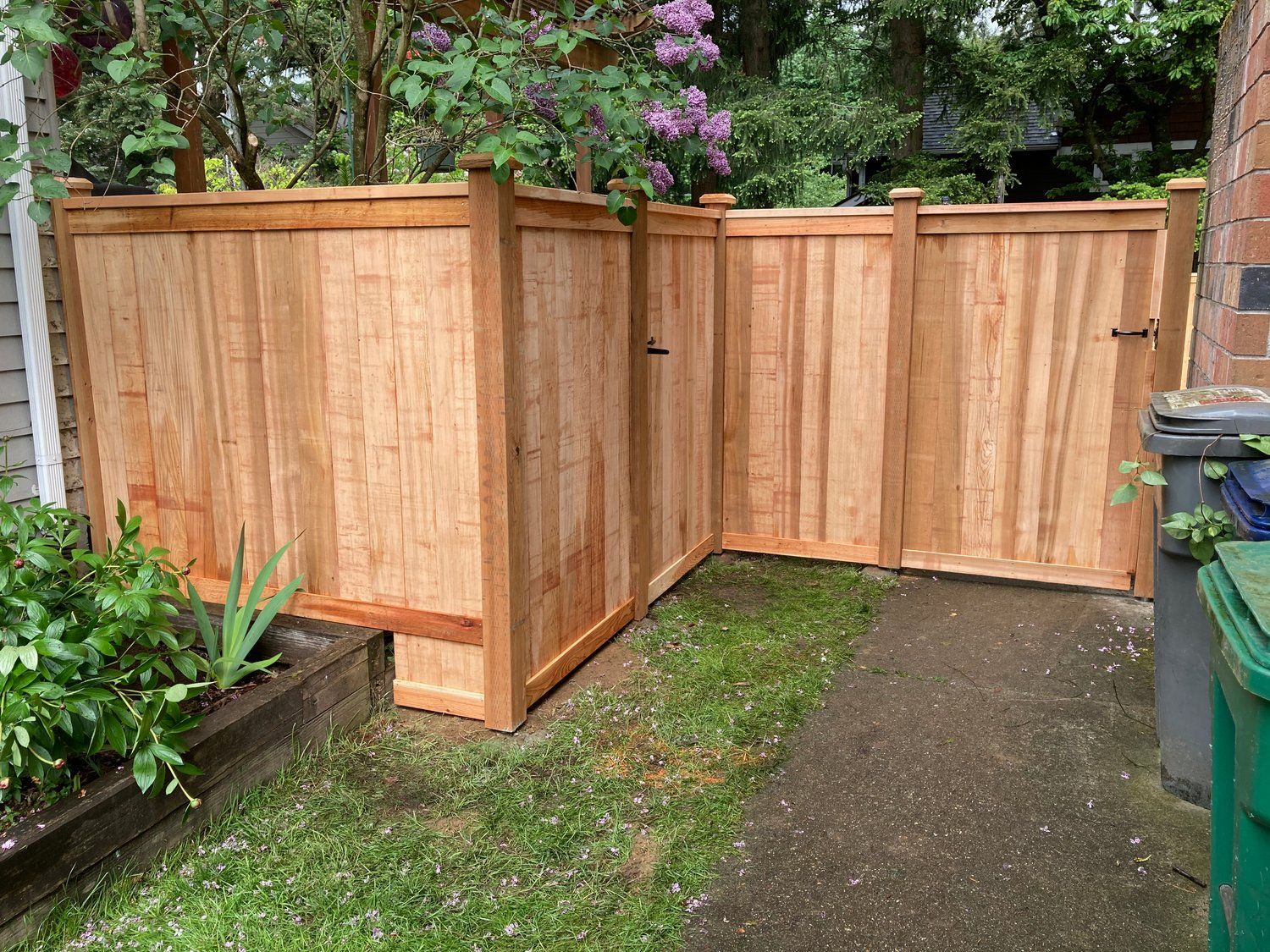Understanding Fence Cost: Your Comprehensive Guide to Budgeting for Your Property in 2024
Wondering about fence cost for your property? On average, installing a fence ranges from $1,743 to $4,431, with final prices hinged on factors such as materials, dimensions, and labor. This article breaks down these costs in detail to help you budget accurately for your fencing needs.
Key Takeaways
- Fence installation costs range significantly from * $1,743 to $4,431, influenced by factors like material, size, and style, with additional costs for privacy fences due to extra materials needed.
- Material costs vary greatly, from $1.50 to $53 per linear foot, based on the type, with labor costs potentially adding up to half of the project's total expense, especially for challenging landscapes.
- Choosing the right fence type for your budget entails considering factors like aesthetics, maintenance, durability, and overall cost including potential HOA limitations, city permits, and additional features.
Breaking Down Fence Installation Costs
Dipping your toes into the waters of fence installation brings a tide of considerations that can sway the scale of your budget. In the vast sea of fencing options, fence installation cost can vary as widely as the waves in Puget Sound, from a manageable $1,743 to a considerable $4,431. Factors such as the fence's length and height, along with the chosen style and material, anchor themselves as the main cost drivers.
Opting for a privacy fence? Prepare to shell out a bit more, as these require additional materials to create that secluded oasis. Even the pickets' style and the precision of perimeter measurements can cause the numbers to ebb and flow.
Average Cost Per Linear Foot
When you're charting the course for your fence installation, the cost per linear foot is your North Star. It can guide you to budgetary shores or lead you into the depths, depending on your material choices.
Wooden fencing, for instance, floats in at $6 to $13 for materials alone, but when you add in labor, the cost can swell to $20 to $60 per linear foot. Vinyl, with its promise of durability, can set you back $15 to $40 per linear foot, surging to $25 to $40 for a 6-foot fortress. Chain link fences, meanwhile, range from $8 to $40, while aluminum fences, the knights in shining armor of the fence world, land at about $33 to $53 per linear foot, with costs knighted by varying heights and grades.
Labor Costs in Fence Projects
Labor costs are the workhorses of your fence installation, often carrying half the weight of your project's total cost. The size, style, material, and even the quirks of your property's terrain can all saddle up additional expenses. Rocky soil or a root-ridden land can spur labor costs into a gallop. The expertise of your chosen contractor and the complexity of your fence design can also drive the stakes higher.
A chain link fence, for instance, might only nibble at your budget with $5 to $25 per linear foot in labor costs, while a vinyl fence can jump the fence and race up to an additional $35 to $50 per hour based on complexity. Even the depths to which your fence posts are planted can dig deeper into your pockets.
Material Costs: Wood, Vinyl, and More
The materials you select lay the groundwork for your fence's cost blueprint. Here are the average costs per linear foot for different materials:
- Vinyl: $10 to $30
- Chain link (bare-boned metal): $1.50 to $6
- Galvanized chain link: $5 to $15
- Powder-coated chain link: $6 to $8
Chain link fences also include the cost of metal or wooden posts, and finer mesh diamonds can tighten the net on your budget. To install fences, especially chain link ones, it's important to consider these factors.
Vinyl fencing, meanwhile, can stretch the purse strings further with finishes and decorative options that can elevate the material cost by $1 to $30 per linear foot.
Selecting the Right Fence Style for Your Budget
Now that you've mapped out the costs, it's time to steer toward the aesthetic horizon. Your fence is not just a practical boundary; it's a statement piece that frames your home. The trick is to marry your financial limits with your visual and functional desires. Some options to consider are:
- Chain-link fence: cost-effective and low-maintenance
- Wood fence: offers a classic and natural look, with options like privacy, picket, and shadowbox styles
- Iron fence: provides a timeless and elegant appearance, but can be more expensive
- PVC fence: durable and easy to maintain, with various styles available
- Aluminum fence: lightweight and corrosion-resistant, offering both style and security
Choose the option that best suits your needs and budget to create the perfect fence for your home.
It's a balance of the wallet and the heart—choosing a fence style that flatters your property and fulfills your needs within your means.
Classic Wood Fences
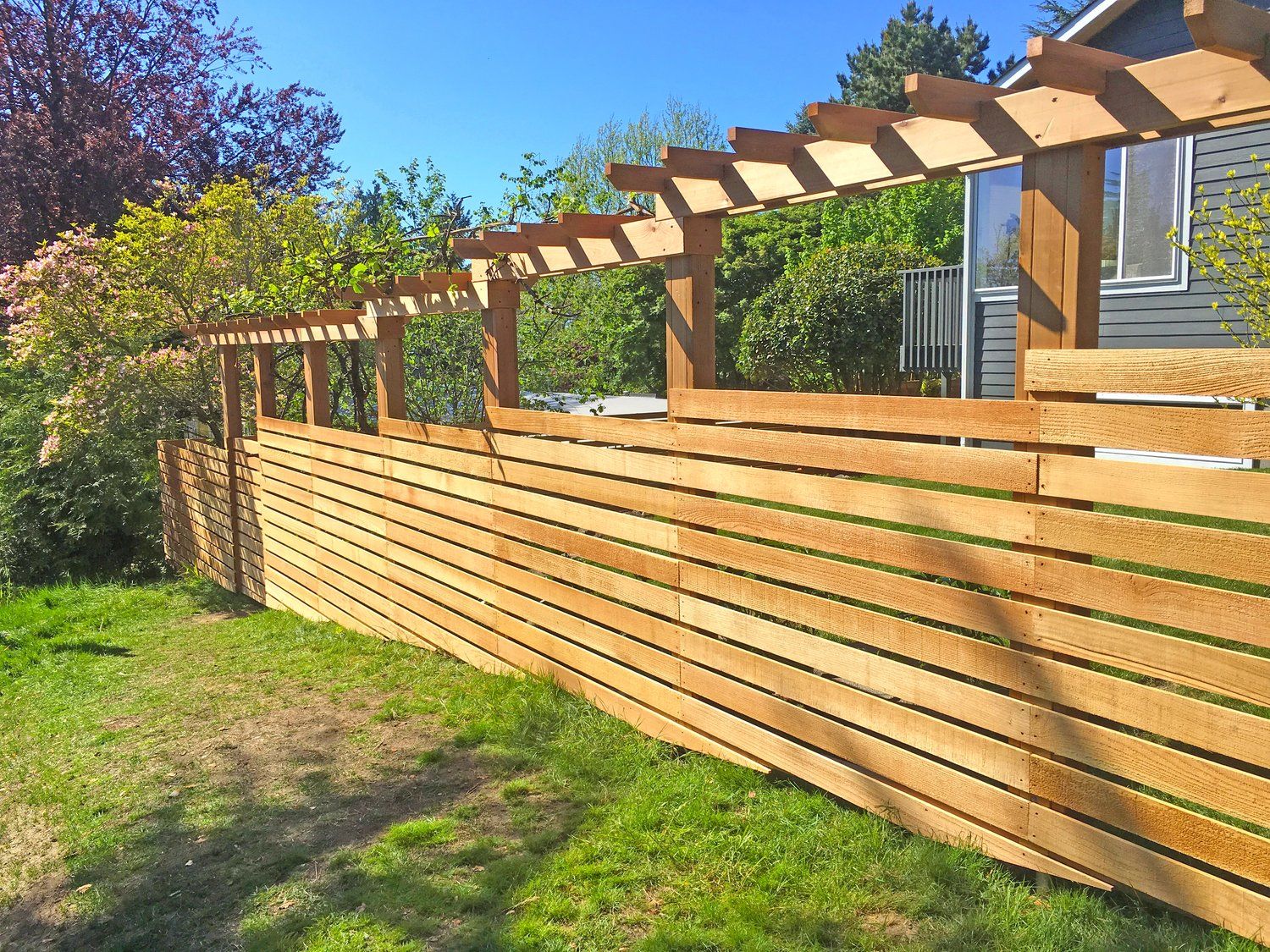
Cedar, the chameleon of the wood fence world, blends beautifully with various architectural styles, thanks to its natural resistance to decay and insects. And if you're thinking smaller, a picket fence can pirouette from $10 to $75 per linear foot, with custom designs and paint swaying the final figure.
Durable Vinyl Fences
Vinyl fences are like the superheroes of the fence world—strong, durable, and nearly impervious to the elements. They stand tall against rot, corrosion, and warping, making them a low-maintenance guardian for your property. While their upfront cost might be kryptonite to some budgets, they pay off in the long run with their steadfast endurance and minimal upkeep.
The benefits of vinyl fences are:
- They are weather-resistant and do not require maintenance like painting or staining
- They are durable and can withstand the elements
- They come in a variety of colors and styles to match your aesthetic preferences
- They can add value to your property
- They are easy to install and can be a DIY project
Adding a gate to your vinyl fence can raise the total cost by $300 to $1,500.
Elegant Wrought Iron Fences
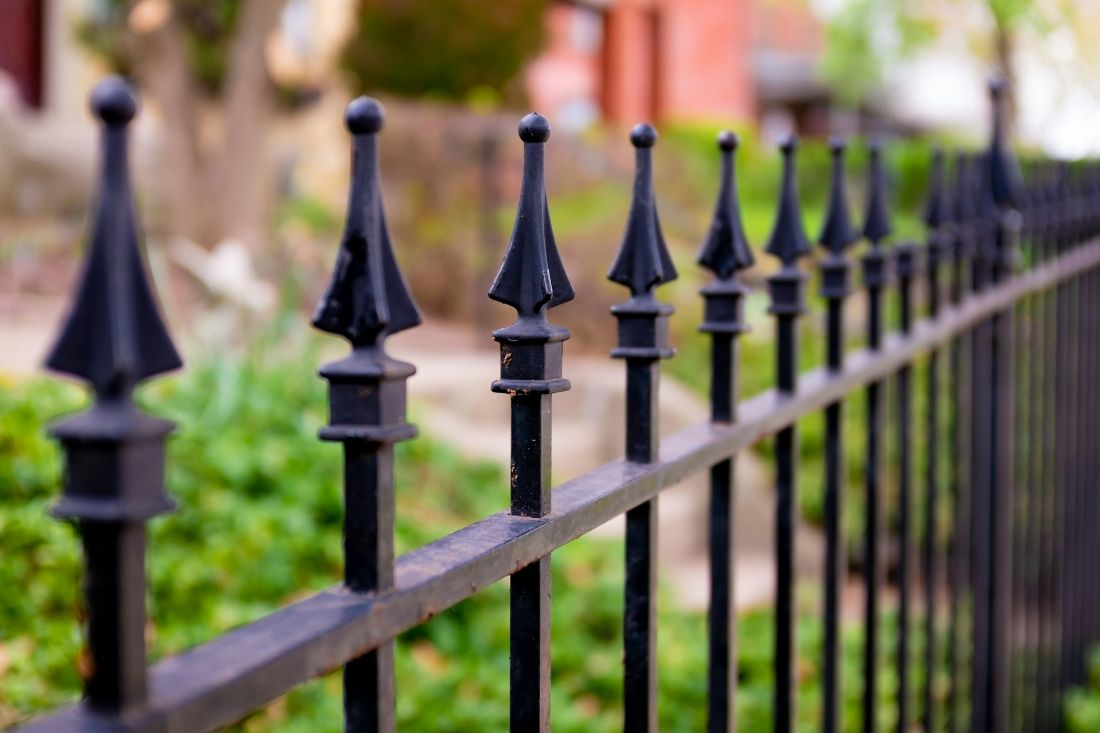
A basic black iron fence costs a bit less, between $25 to $30 per linear foot, while galvanized posts and panels, offering an extra layer of rust protection, come in at about $30. But remember, the thicker and heavier the iron, the more robust your budget needs to be to accommodate the extra materials and labor-intensive installation.
Estimating Your New Seattle Fence
As you anchor your fence dreams in the Emerald City, you'll find that the cost currents can be as diverse as Seattle's neighborhoods. From the industrious chain link to the stately cedar wood, the average cost per linear foot for a Seattle fence can span from $6 to $50, a range that demands careful navigation. But before you set sail, you'll need to chart a course through the local laws and market conditions that can influence your fence voyage.
Factors Unique to Seattle
Setting your fence posts in Seattle soil means digging into local regulations that can add to your budget. City permits might add a modest $20 or up to $1,000 to your project's cost, and that's before you factor in the complexity of navigating local building codes. A land survey, while ensuring your fence doesn't trespass on neighborly territory, can survey your wallet for an additional $200 to $1,200.
And if you're part of a homeowners association, prepare for potential demands on fence materials that may limit your choices and influence your costs. Remember, the unseen underground utilities are like urban treasure; striking them can lead to costly delays, so plan carefully to avoid such pitfalls.
Getting the Best Deal Locally
In the quest for the fairest fence deal in the land of Seattle, savvy homeowners will embark on a journey for multiple quotes to compare the lay of the land in pricing. Taking the reins and securing city permits independently can sidestep additional charges from contractors, keeping your coins in your coffers.
Additional Considerations That Impact Fence Costs
Beyond the basics, there are whispers of other factors that can tug at your fence budget, like sirens luring sailors off course. Challenging terrains with slopes or underground surprises can bloat installation costs, and if your land requires landscaping alterations, this too can tally up to the total. Even a single root in the wrong place could carve $50 out of your budget per instance.
Fence Height and Its Influence on Price
Like a tower in a fairy tale, the height of your fence can elevate the tale of your project cost. A standard 6-foot height is a common choice, but if you're dreaming of an 8-foot giant, the increased material and labor will be reflected in your final story. However, mixing shorter sections where possible can be a clever twist to save on materials without compromising the plot of your privacy tale.
Calculating Costs for Longer Fences
When your fence stretches over vast lands, the materials and labor required to secure your kingdom also expand. Accurate measurements of your realm's perimeter are critical to estimating the total materials needed for a sturdy barrier. Remember, longer fences don't just consume more materials; they also demand more hours from the craftsmen and women who will weave your fence into existence.
Complexities and Customizations
Customizations are the jewels in the crown of your fence, but they come at a royal cost. Gates with automatic openers or decorative features can significantly raise the scepter of project costs. Rocky terrain or steep slopes demand additional labor and equipment, further inflating the royal treasury required for your fence installation.
Enhancing Security and Privacy with Your Fence
A fence isn't just a line drawn in the soil; it's a shield for your home, a guardian of privacy, and a bastion of security. Some benefits of a solid and opaque privacy fence include:
- Ensuring that no prying eyes can invade your peaceful kingdom
- Creating a safe and secure space for children and pets to play
- Reducing noise from neighbors and nearby streets
- Adding value and curb appeal to your property
And the sanctuary they provide isn't just about keeping the world out; it's about creating a space where you can retreat, relax, and reconnect with nature.
Installing Security Cameras and Other Features
To fortify your fortress further, consider the watchful eyes of security cameras, which, when installed alongside your new fence, can provide a panoramic view of your property's perimeter. Locking mechanisms and reinforcements against vehicle penetration can be woven into the very fabric of your fence, creating a comprehensive defense system.
Choosing Privacy Fences for Seclusion
For those seeking a secluded retreat, a privacy fence is the silent sentinel you need. Here are some options for privacy fences:
- Wood
- Vinyl
- Aluminum
- Composite materials
Privacy slats are also available to add to chain link fences for an extra layer of seclusion.
A six-foot-tall existing fence generally blocks ground-level views, setting the stage for a private outdoor experience, while horizontal plank fences offer an elegant, modern aesthetic with privacy to match. If you're considering a fence project, these options are worth exploring.
Maximizing Savings on Your Fence Installation
Every penny counts, and when it comes to your fence installation, there are ways to ensure your coin purse remains as full as possible. Consider the following options:
- Share the burden with neighbors on shared fence lines to halve the cost.
- Take the reins yourself and opt for a DIY installation to save on labor costs.
- Don't overlook the timing of your project; off-peak seasons could present a treasure trove of discounts due to lower demand.
Stick to simplicity to avoid the siren call of unnecessary extras that can inflate your project's cost.
Timing Your Project During Off-Peak Seasons
They say timing is everything, and in the realm of fence installation, this adage rings true. When the demand for contractors thaws during the winter or late fall, the potential for discounts crystallizes. These off-peak seasons could see your costs cool down as contractors' schedules open up, providing an opportunity to negotiate a more favorable deal.
Moreover, winter installations might also result in less warping or cracking, ensuring your fence stands strong against the elements with little maintenance required.
DIY Fence Installation vs. Professional Help
Rolling up your sleeves and digging into a DIY fence installation might seem like a daunting venture, but the financial rewards can be substantial. Forgoing professional labor can plant savings of around $1,700 in your garden of budgeting. If you're handy with a hammer and not shy of a challenge, you might find that painting or removing an old fence yourself could trim down costs even further. However, this path is strewn with potential pitfalls; the purchase or rental of specialized tools and equipment can nibble away at those savings.
And while DIY can be an empowering journey, it may stretch out longer than you anticipate, especially if you're a novice craftsman. Weigh the scales of time, skill, and savings before choosing your path.
Summary
As we draw the curtain on our comprehensive guide, you stand equipped with the knowledge to navigate the treacherous yet rewarding waters of fence installation. From understanding the ebb and flow of costs per linear foot, labor, and materials to choosing the right style to enhance your Seattle homestead, you now hold the compass to steer your project to successful shores. Remember, enhancing your sanctuary with security, privacy, and style doesn't have to plunder your treasure chest if you plan wisely and time your project right. May your new fence stand as a testament to your savvy planning and personal vision, protecting and beautifying your realm for years to come.
* Our editorial staff conducted surveys on five national websites along with one local site to determine the average costs. These averages were accurate as of the time of publishing, but please note they may vary over time.
Frequently Asked Questions
How much is 200 feet of fence?
The cost of installing 200 feet of wood picket fencing is typically around $4,500, with variations based on material and design choices. For example, a 200-foot chain link fence can cost as low as $2,000.
What is the cheapest fence to have installed?
The cheapest fence to have installed is a wood fence, specifically vertical wood fencing, as it is made from cheaper wood and sold in pre-made packages. Keep in mind that a horizontal fence would be more expensive due to the need for stronger wood.
How much should I budget for a new fence?
You can expect to pay $20 to $60 per linear foot for a new fence. The average cost of a fencing job in 2024 is $4,000–$12,000.
How does fence height affect the overall cost?
Choosing a standard 6-foot fence height can help you manage costs while still ensuring privacy. Taller fences require more materials and labor, leading to higher overall costs.
What additional features can enhance the security of my fence?
Adding locking mechanisms, security cameras, and opting for a solid, opaque design will enhance the security of your fence. These features can help deter intruders and provide peace of mind.


